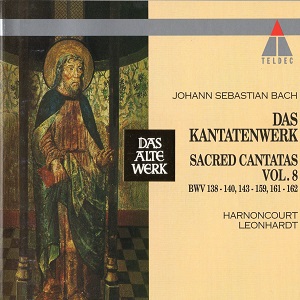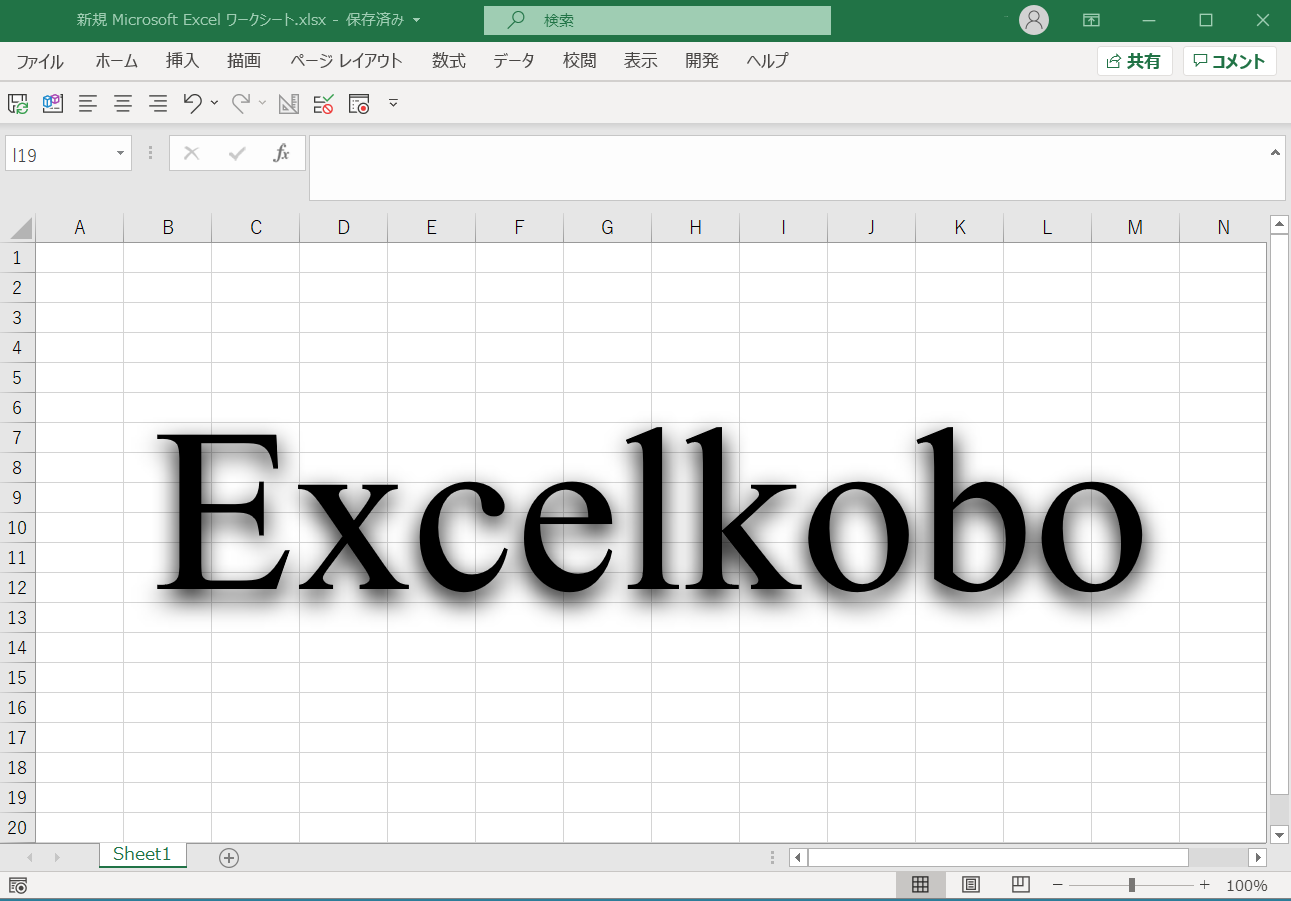Bach: Cantata No. 138 “Warum betrübst du dich, mein Herz” / Nikolaus Harnoncourt
Chorale cantata on a hymn of unknown author. It has long been attributed to the Nuremberg Meistersinger Hans Sachs, but this was denied by Albert Friedrich Wilhelm Fischer in 1878.
The opening chorale fantasy “Warum betrübst du dich, mein Herz” (Vers 1) is a complex piece of music. It is the oboe d’amore I that first presents the chorale melody in the third bar of the ritornello. The oboe d’amore II enters with a gloomy descending chromatic scale, and the ritornello melody from the first bar is continued by the tenor, after which the chorus finally sings the chorale melody. The melody is already quite gloomy up to this point, but the piece reaches its darkest point with the descending chromatic basso continuo. The descending chromatic scale is continued by the chorus. A closer look reveals that in Ritornello, the melody of the next line of the chorale is always presented in a form that is anticipated by the oboe d’amore I. After the ritornello and chorale continue in this manner three times, a long string tone suddenly appears and a recitative by the alto begins. There is ritornello again, the last two lines of the chorale are played, and the piece ends quietly with an amen finale.
The second piece is a bass recitative secco. It is followed by the chorale fantasy “Er kann und will dich lassen nicht” (Vers 2), which has a simpler structure than the “Vers1”. From the beginning, up to three lines of the chorale are presented, then the soprano recitative is sung, followed by the remaining two lines of the chorale. After this, however, an alto recitative is inserted, after which the last two lines of the chorale are repeated once more, and the piece ends with an amen ending.
The fourth recitative by the tenor, Secco, is followed by the bass aria “Auf Gott steht meine Zuversicht” in attacca. This is the only music in the cantata written in the major key, and it is a comforting piece of music. Ritornello sings a melismatic melody in a minuet for string ensemble, with the bass singing a melismatic melody.
Following the soprano recitative is the final choral fantasy “Weil du mein Gott und Vater bist” (Vers 3). The two oboes and violins I and II each play a pair of obbligato. The violins play intense 32nd-note forms, like a raging storm. The chorale melody appears almost in its original form here, but in the earlier movements, the chorale is so elaborately treated that some of you may have had a hard time hearing the chorale melody (Of course, if you were German, you would not have to worry about such a problem). So, here is the original chorale score uploaded. #baroque #bach #cantata #片山俊幸 https://excelkobo.net/bachwerke/archive/BWV0138.pdf


